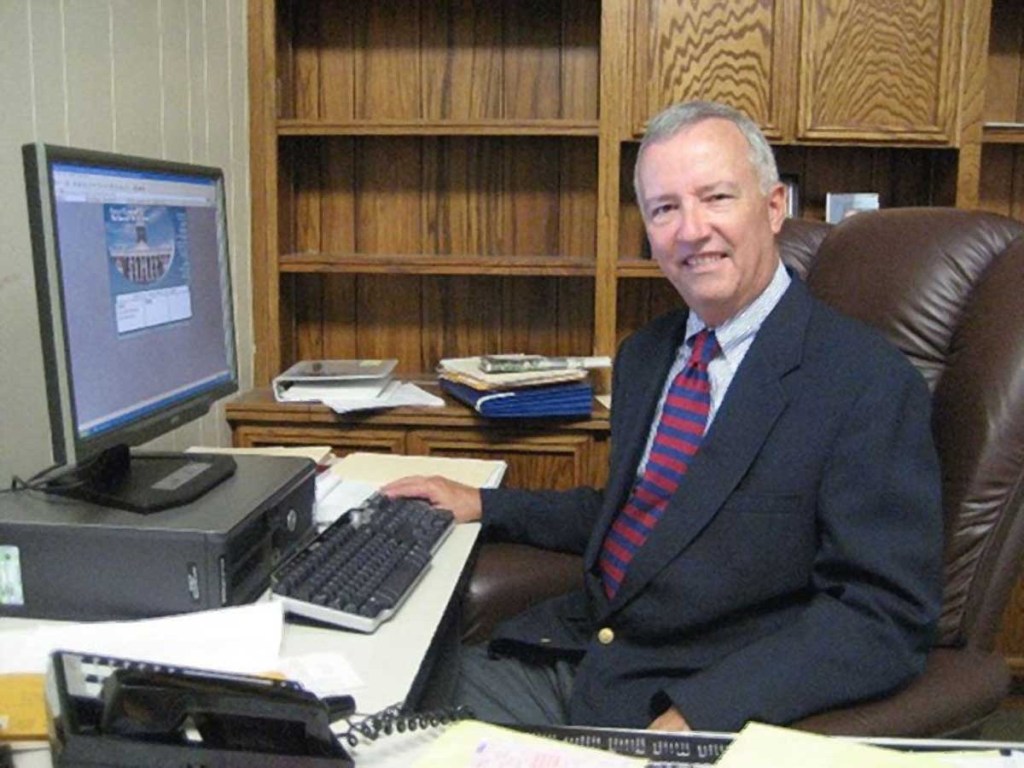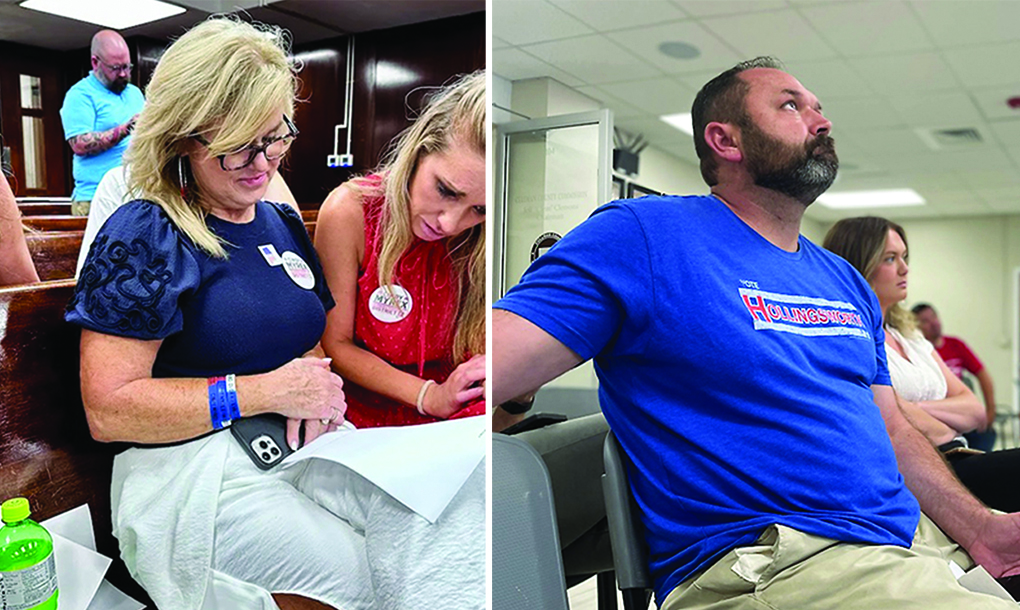New Jefferson County Schools superintendent has an eye toward technology
Published 3:11 pm Wednesday, May 1, 2013

- Dr. Stephen Nowlin, the new superintendent of the Jefferson County Schools, sits at his desk in the central office in Homewood.
It’s been a big jump for Dr. Stephen Nowlin.
Trending
After leading the Lee County Schools for four years, Nowlin took over as superintendent of the Jefferson County Schools — the second-largest system in Alabama — on Jan. 2, replacing the retiring Dr. Phil Hammonds.
It’s the latest stop in a lengthy career that began in 1971 in Humphries County, Tenn., and includes a stint as a college professor at Troy University-Dothan.
Over that time, Nowlin has seen major changes in the way students are taught, and they way those students lead their lives. When he began his career, chalkboards, filmstrips, overhead projectors and mimeograph machines were standard equipment, and the thought of computers in secondary schools was almost in the realm of science fiction. Today, computers and video projectors are the norm, and Nowlin is spearheading a drive to bring that fast-moving technology up to date in his new system.
“Now we’re trying to update all teacher computers in the system, which the board hasn’t been able to do in the recent past because of financial problems and proration,” Nowlin said in a wide-ranging interview with The North Jefferson News in early April. “We’re putting together our first order for several schools [this month]. The computer that teachers use today is a combination of so many different devices that teachers used 40 years ago. Today, a computer attached to an LCD projector or a Promethean [touch-screen] board does it all.”
The system lost $43 million in state funding over a three-year period because of proration, Nowlin said, which put them behind in upgrades.
“We are fortunate in that schools built over the past few years all have new computers,” Nowlin said. “But we are making sure we have labs at all schools with workable, networked systems. From that we move up to wireless and ‘bring your own device,’ and we already have teachers doing that. The next challenge is to add access points, because we’ll have even more wireless devices trying to get on the network.”
Trending
But for now, there are still issues with old technology. For instance, the system’s website — including the individual sites for each of the system’s schools — went down earlier this week, and was still inoperable as of press time.
The march of technology in education has been a focus for Nowlin since his days as a professor.
“It’s hard to make bets on what the next generation’s big thing is going to be — and it is a gamble,” Nowlin said. “Teachers have tried to work around that in very creative manners. For instance, in Julie Ramsay’s class at Fultondale [Elementary], I watched the students use Dell netbooks — like iPads with a keyboard.”
All this won’t come cheaply, though the system has been able to knock costs down by purchasing refurbished systems. That makes a big difference, because the upgrade project will involve about 20 schools and upwards of a thousand computers, Nowlin said. The majority of those are elementary an middle schools, because several high schools have been newly built over the past few years.
NEXT: Facilities that need work, and what to do about Fultondale High





